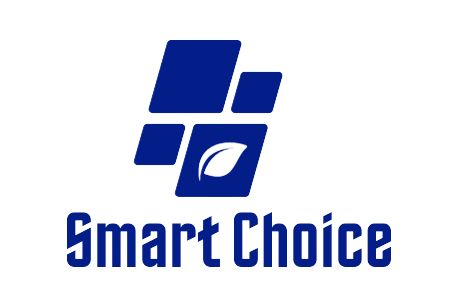As the digital landscape continues to evolve, so do the tools and frameworks that developers and designers use to create stunning websites. In 2024, several frameworks stand out due to their versatility, efficiency, and user-friendly features. Whether you’re a seasoned developer or just starting out, understanding the best frameworks can significantly enhance your workflow and the quality of your projects. Let’s dive into the top website design and development frameworks for 2024.

1. React.js
Overview
React.js remains a powerhouse in the realm of front-end development. Created by Facebook, this JavaScript library allows developers to build user interfaces with reusable components, enhancing both speed and maintainability.
Key Features
- Component-Based Architecture: Streamlines the development process by breaking UIs into manageable components.
- Virtual DOM: Increases performance by minimizing the number of direct updates to the real DOM.
- Strong Community Support: A vast ecosystem of libraries and tools, making it easy to find solutions and resources.
Use Cases
React is ideal for dynamic web applications, particularly those requiring real-time data updates, such as social media platforms and dashboards.

2. Vue.js
Overview
Vue.js has gained immense popularity for its simplicity and flexibility. It’s an approachable framework that allows for gradual integration into existing projects.
Key Features
- Reactive Data Binding: Ensures that the UI updates automatically when the underlying data changes.
- Single-File Components: Encourages cleaner code organization by encapsulating HTML, CSS, and JavaScript in one file.
- Easy to Learn: Great for beginners, thanks to its clear documentation and gentle learning curve.
Use Cases
Vue.js is perfect for building single-page applications (SPAs) and progressive web apps (PWAs), especially when a quick development cycle is needed.
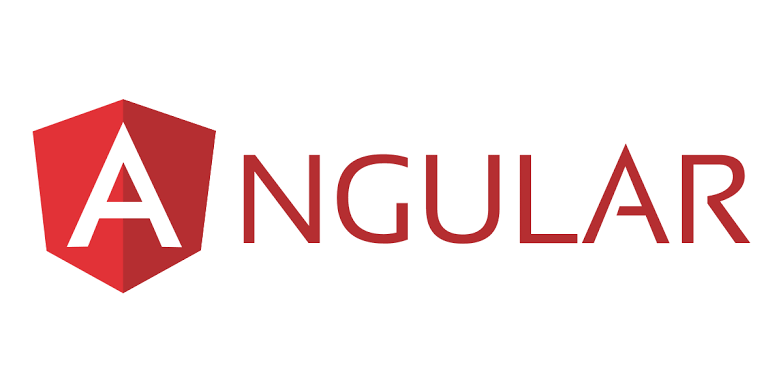
3. Angular
Overview
Angular, developed by Google, is a comprehensive framework for building web applications. Its robust architecture is suited for large-scale projects.
Key Features
- TypeScript Support: Enhances code quality with static typing, making it easier to debug and maintain.
- Dependency Injection: Improves code reusability and testability.
- Two-Way Data Binding: Facilitates synchronization between the model and the view.
Use Cases
Angular is best for enterprise-level applications where performance, scalability, and maintainability are crucial.
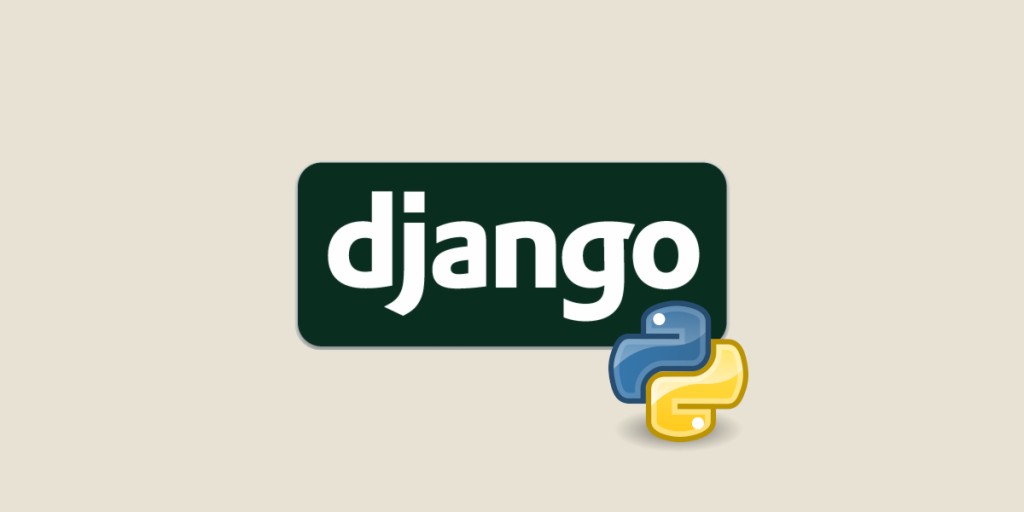
4. Django
Overview
For backend development, Django remains a top choice in 2024. This high-level Python framework encourages rapid development and clean, pragmatic design.
Key Features
- Batteries Included: Comes with many built-in features such as an ORM, authentication, and an admin panel.
- Security: Provides strong protection against common web vulnerabilities.
- Scalability: Easily handles high traffic and large databases.
Use Cases
Django is ideal for data-driven applications, content management systems (CMS), and any project requiring robust backend functionality.
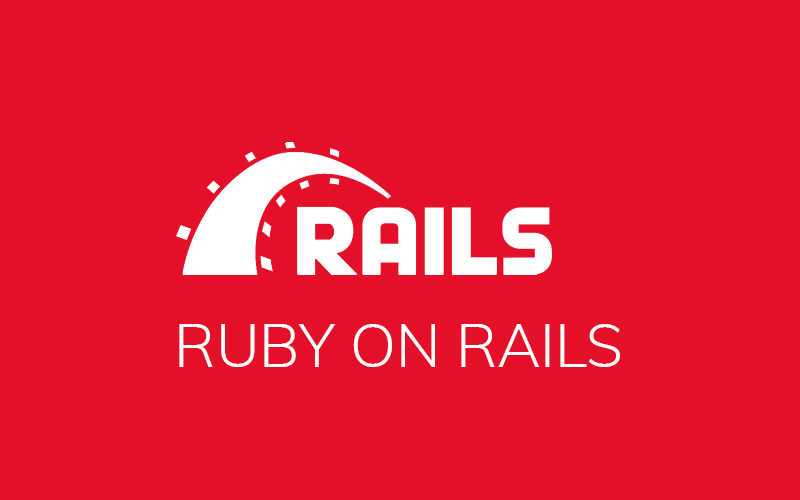
5. Ruby on Rails
Overview
Ruby on Rails (RoR) continues to be a favored framework for web development due to its convention over configuration philosophy.
Key Features
- Rapid Development: Enables developers to build applications quickly with less code.
- Active Record: An ORM that simplifies database interactions.
- Strong Community: A wealth of libraries (gems) to extend functionality.
Use Cases
RoR is particularly suited for startups and MVPs (Minimum Viable Products) that require fast prototyping and iteration.

6. Bootstrap
Overview
Bootstrap is a front-end framework that simplifies the design process with its pre-designed components and responsive grid system.
Key Features
- Responsive Design: Ensures websites look good on all devices with its mobile-first approach.
- Pre-Built Components: Offers ready-to-use elements such as buttons, modals, and navigation bars.
- Customization: Easily customizable to fit specific design needs.
Use Cases
Bootstrap is perfect for building responsive websites quickly, making it a popular choice for landing pages and portfolios.
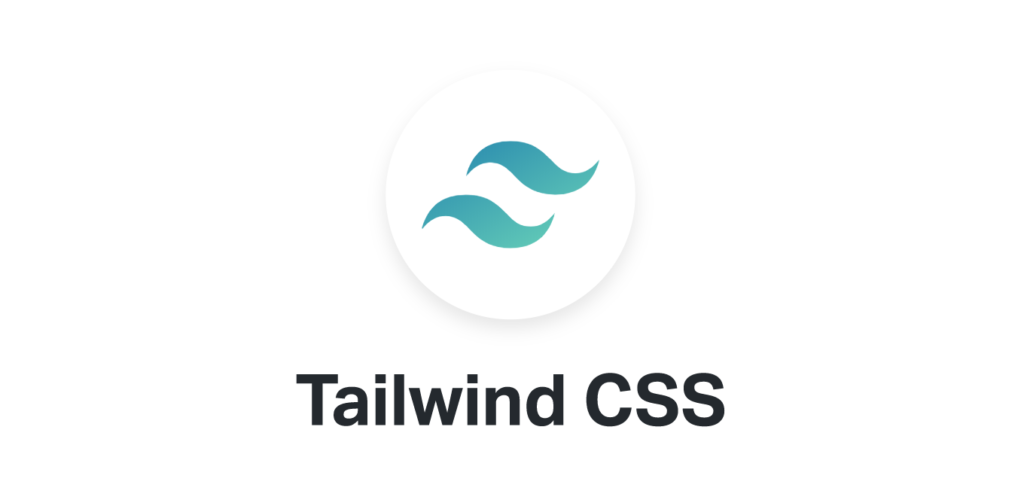
7. Tailwind CSS
Overview
Tailwind CSS has emerged as a favorite utility-first CSS framework, allowing developers to create custom designs without leaving their HTML.
Key Features
- Utility-First Approach: Enables rapid styling without writing custom CSS.
- Customization: Highly configurable, allowing for the creation of unique designs.
- Responsive Design Support: Built-in utilities for responsive design.
Use Cases
Tailwind CSS is great for developers who want complete control over their design without the constraints of pre-defined components.
Choosing the right framework can significantly impact your web development projects in 2024. Whether you’re focusing on front-end design or backend functionality, the frameworks listed above offer unique advantages that cater to various project needs. By staying updated with these tools, you can enhance your development efficiency and deliver high-quality websites that stand out in a competitive digital landscape.
As you explore these frameworks, consider your project requirements, team expertise, and long-term maintainability. With the right choice, you’ll be well-equipped to tackle any web development challenge that comes your way! Contact Us for your webdesign.
